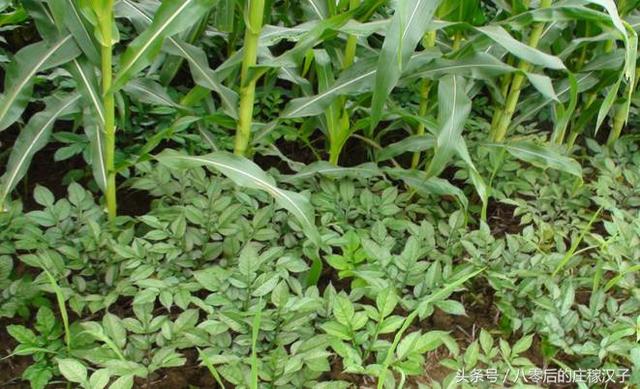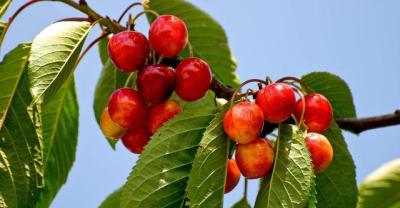Planting technology: balcony vegetable planting-spinach
Spinach, also known as Persian vegetables, red root vegetables, parrots, etc., belongs to the spinach genus of Chenopodiaceae, annual herbs. Plants up to 1 meter tall, roots conical, reddish, less white, leaves hastate to ovate, bright green, entire or with a few dentate lobes. There are many kinds of spinach, which can be divided into two varieties: thorn species and non-thorn varieties according to the seed morphology.
Spinach is known as "nutritional model student". It is rich in carotenoids, vitamin C, vitamin K, minerals (calcium, iron, etc.), coenzyme Q10 and other nutrients.
1. Variety selection
Sharp-leaf spinach and garden-leaf spinach
two。 Cultivation environment
The planting pot is placed on the balcony where the light is better, but it can prevent the sun from being exposed to the sun for a long time.
3. Cultivation season
Spinach is a cold-tolerant vegetable, which can be sowed from late August to early April of the following year, and the quality of cultivation in autumn and winter is better.
4. Sowing seeds
(1) pre-broadcast preparation
Substrate treatment before sowing: spinach should choose pollution-free substrate. 1-2 days before planting, keep the original state of the basin matrix unturned, wet the matrix to the bottom with clean water, and make the matrix moist. Substrate treatment and sowing can also be carried out at the same time, but the substrate is too wet to cause rotten seeds and too dry to cause irregular germination and emergence.
(2) sowing time: from September to March of the following year, sowing mainly by direct seeding. Soaking seeds to accelerate germination and sowing seeds.
(3) sowing technique: after the basin soil is watered, the seeds are sown on the soil surface, covering about 1 cm, slightly compacted and watered. Keep the soil moist before germination, or cover a layer of plastic film after sowing to keep the substrate moist, which is conducive to seedling emergence, and remove the film in time when 50% of the seedlings emerge.
5. Administration and Management
(1) fertilization management: the substrate carries certain nutrients, which can be irrigated with organic fertilizer fermented liquid made from rice panning water, pericarp, kitchen residue and other materials commonly used in daily life.
(2) Water management: watering once every 5-7 days in winter and spring to keep the soil moist and avoid being too dry and too wet. Avoid watering at noon in the hot season.
Source of the article [China Intelligent Agriculture official website]
- Prev

Scientific planting, new planting method of konjac
The main diseases in the growth and development of konjac are soft rot, white silk disease and root rot. The most harmful diseases are soft rot and white silk disease. Soft rot of konjac is bacterial.
- Next

Strawberry + planting mode, setting off a new wave of strawberry planting
The wisdom of the masses is inestimable. with the continuous development of the strawberry industry, many growers are trying to find ways to increase the utilization rate of land and increase their income. Search the editor.
Related
- Fuxing push coffee new agricultural production and marketing class: lack of small-scale processing plants
- Jujube rice field leisure farm deep ploughing Yilan for five years to create a space for organic food and play
- Nongyu Farm-A trial of organic papaya for brave women with advanced technology
- Four points for attention in the prevention and control of diseases and insect pests of edible fungi
- How to add nutrient solution to Edible Fungi
- Is there any good way to control edible fungus mites?
- Open Inoculation Technology of Edible Fungi
- Is there any clever way to use fertilizer for edible fungus in winter?
- What agents are used to kill the pathogens of edible fungi in the mushroom shed?
- Rapid drying of Edible Fungi

